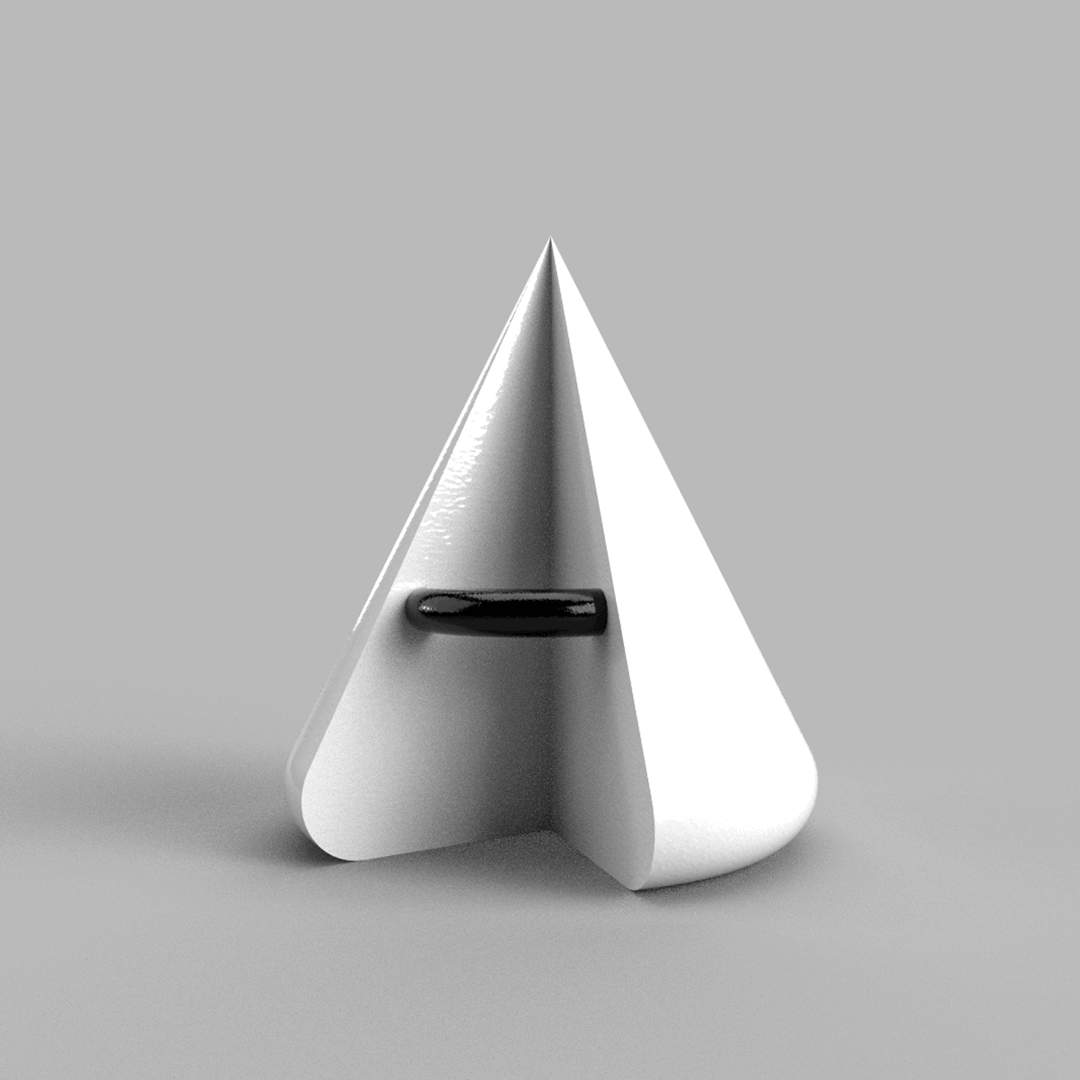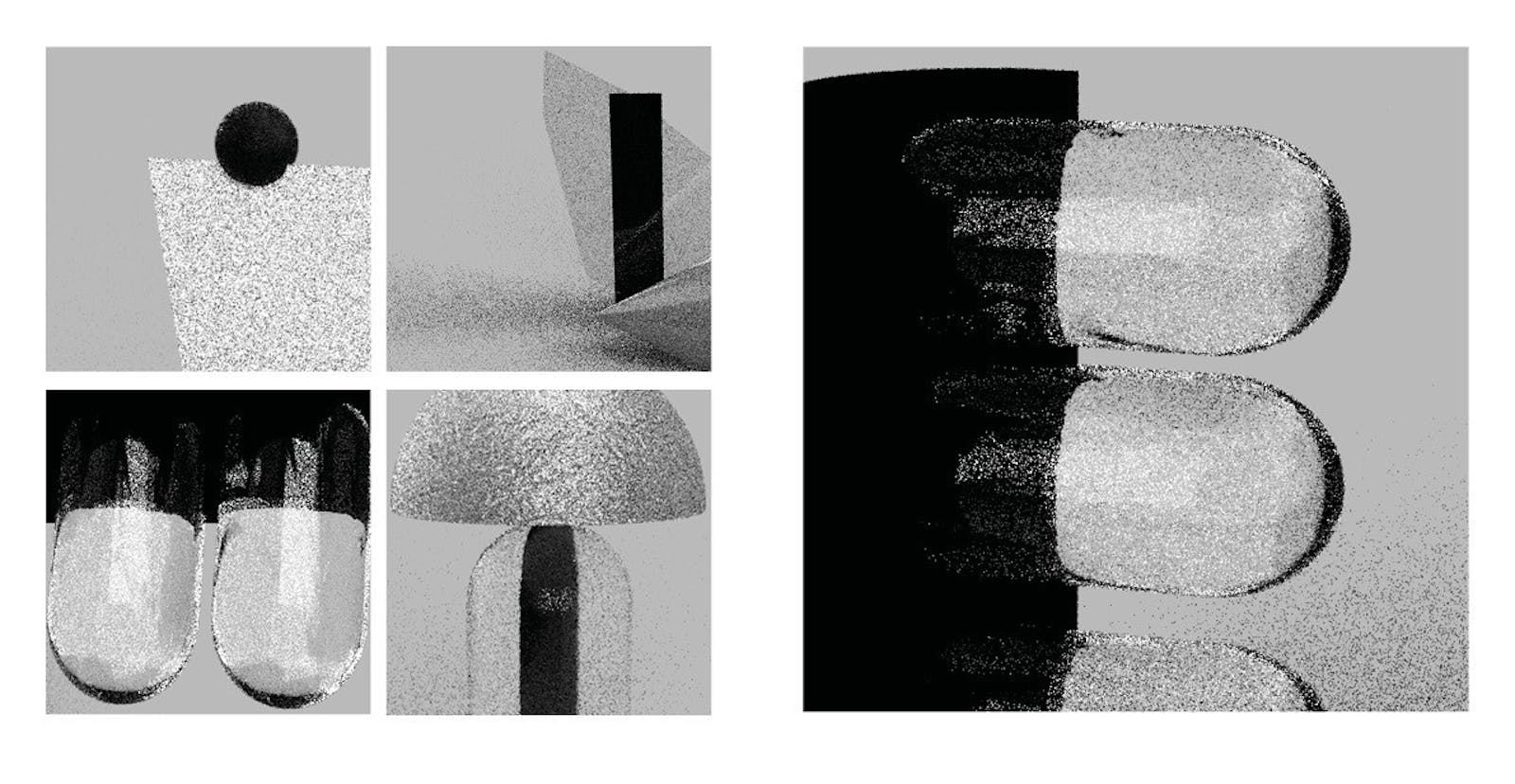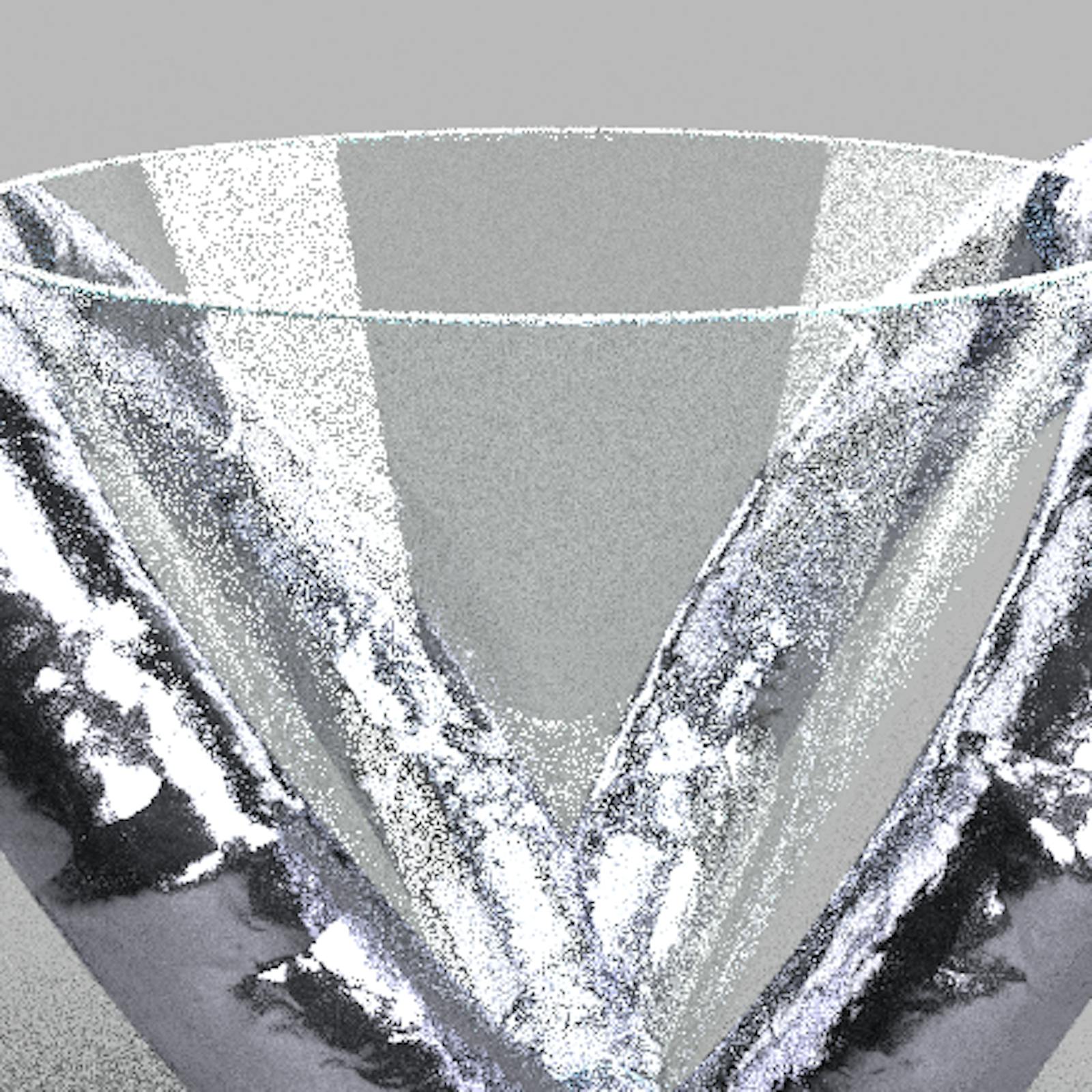Bianca Maria Nitu
XYZ: Modes of encountering 3D born typographic form
Summary
X, Y, Z*
Modes of encountering 3D born typographic form
* The x-axis and y-axis represent the first two dimensions: width and height; the z-axis denotes the third dimension, depth.
This practice-led research is an investigation of form, operating within the field of experimental typography and 3D modeling. The specific aim of the thesis is the analysis and experimentation of three-dimensional born typography and what that implies in terms of viewer experience; the shift from letter-form to object-form to image-form and the implications on reading - viewing - perceiving. The practice situates within the larger field of discursive design and the purpose of the practical outcomes is discursive.
The function of this study is to inquire into how one might encounter and interact with three-dimensional born typographic form (2D -> 3D).
Space is how we perceive things: either flat (2D) or dimensional (3D).
Consequently, in order to understand the medium, there is a need for recognising the space in which it operates. The medium is the vehicle for communicating the designed artifact. Space and medium affect the nature of the designed artifact. The display is the mode of encountering that artifact.
The medium of creation is different from the mode of encounter/format of display.
1. Letterforms can be displayed as 2D in a 2D environment.
2. Letterforms can be displayed as 2D in a 3D environment.
3. Letterforms can be displayed as 3D in a 2D environment.
4. Letterforms can be displayed as 3D in a 3D environment.
The medium of creation lives within the form and affects it- it is the encounter with the formal qualities within the object itself.
The display is the vehicle for perception - emphasis on the viewer’s encounter with the object and its objecthood.
[1] and [2] are the scenarios of typographic encounters that readers are more familiar with, situations that sit outside of this study.
1. Letterforms displayed as 2D in 2D environments are the most common form of encounter with typographic form: printed matter, screen-based display of type, etc.
2. Letterforms displayed as 2D in a 3D environment are again familiar in the form of environmental graphics. From a different perspective, environmental graphics can be interpreted as 3D in a 3D space.
However, in these cases, typography is translated to 3D (example: through extrusion), rather than constructed three-dimensionally. What this research is concerned with is what happens when 3D is the skeleton of creation, when letterforms are born 3D rather than born 2D and manipulated into fitting 3D space.
Therefore, [3] and [4] are the scenarios of typographic encounters that are explored and speculated through practice.

3D Alphabet: A - Z

1. Outcomes of construction
The typographic experiments together with the elements that were used to construct them within the 3D medium.

2. Materiality
The application of materials and textures.

3. Typographic viewpoints
When translated from 2D to 3D, type becomes an object. When that happens, the viewer is capable of surrounding the letterforms and view them at different angles.

4. Rendering aesthetics
While the render is exporting the typographic object, the entire translation is visible on screen. Pixels, textures, and patterns all come together and crystallize the image.

